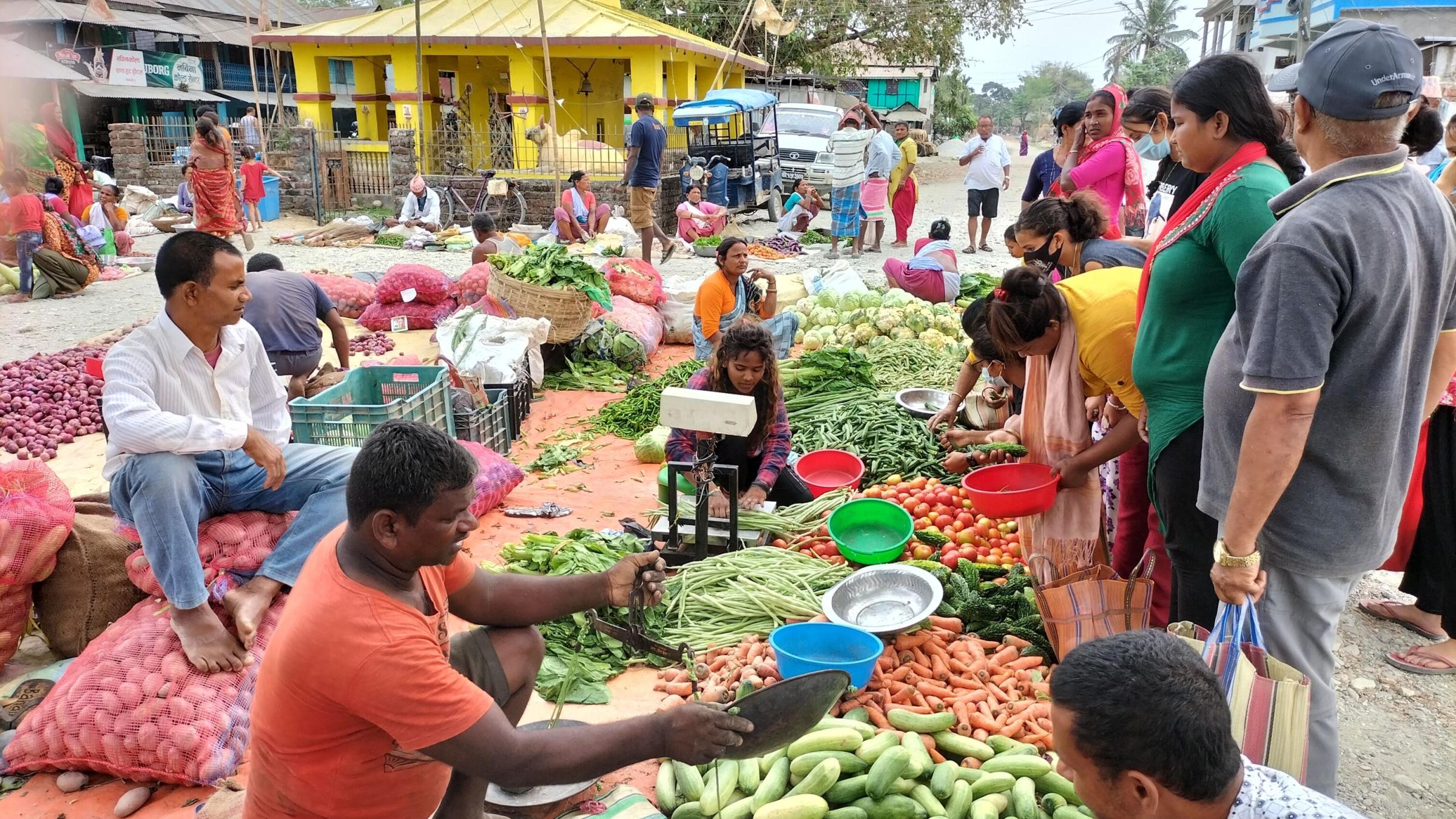In the world of international development, the size of a project is often equated with its significance. Larger budgets, broader reach, and multi-stakeholder partnerships are assumed to translate into greater impact. However, does scale necessarily mean success in a complex and changing world? A recent discussion among development professionals, evaluators, and academics on Eval4Earth brought fresh perspectives to this debate.
Do Big Projects Deliver in a Complex World? Why Scale Alone is not Enough for Success
In the world of international development, the size of a project is often equated with its significance. Larger budgets, broader reach, and multi-stakeholder partnerships are assumed to translate into greater impact. However, does scale necessarily mean success in a complex and changing world? A recent discussion among development professionals, evaluators, and academics on Eval4Earth brought fresh perspectives to this debate. Collective reflections underscore that while project size influences outcomes, it is not the sole determinant of success. Key factors such as contextual relevance, governance structures, community engagement, and adaptive capacity also play critical roles.
Understanding the structural limitations
Many contributors pointed to recurring structural limitations in large-scale projects. Several critiques emerged, including the disjointedness between ambitious theories of change and limited local engagement where short one-off events are expected to achieve long-term goals, such as food security. High transaction costs were highlighted, where multi-layered management structures absorb significant resources, reducing the funds that reach communities. Community participation is often inadequate, restricted mostly to the design phase, rather than being integrated throughout the project lifecycle. Big projects also tend to adopt global frameworks that may not resonate with local realities, resulting in limited ownership and participation at community level.
Governance challenges surfaced as a major concern. Overly complex project designs, often influenced by donor agendas and the need for visibility, can undermine coordination among local actors and weaken outcomes. Large projects are also more prone to elite capture, where resources and influence are concentrated among those in power, sidelining genuine community development efforts. Furthermore, the contractual nature of employment in large projects leads to discontinuity of knowledge and loss of institutional memory, further weakening long-term impact.
When big works, and why
The conversation also acknowledged that large interventions could succeed under the right conditions. High-density investments with a localized focus in India were cited as effective models. Similarly, Afghanistan’s large-scale irrigation initiative, which combined infrastructure development, capacity building, and environmental benefits, was praised for its cohesive and integrated approach. Discussions revealed that effectiveness also depends heavily on the nature of the intervention: while large projects are well-suited for infrastructure and humanitarian responses, they often struggle in sectors requiring deeper behavioral and institutional transformation, such as agriculture and food systems.
Context, continuity, and capacity: the drivers of success
A recurring theme was the importance of aligning interventions with local contexts, cultures, and priorities. The comparison of microfinance initiatives in Bangladesh and China vividly illustrated this. Community-driven models in Bangladesh achieved lasting success, whereas top-down models in China faltered due to poor cultural fit and lack of community buy-in.
Ensuring local needs and ownership, and addressing equity and power dynamics emerged as critical success factors. Projects must be co-designed with local stakeholders, ensuring cultural sensitivity and contextual relevance. Additionally, valuing local tacit knowledge, strengthening local institutions, and promoting adaptive learning were seen as essential. Robust governance structures and mechanisms for knowledge retention and transfer were also emphasized as key to sustainability.
Challenges with top-down, quantitative-heavy monitoring and evaluation systems were noted, with a call for more qualitative approaches to capture the behavioral and psychological drivers of change, enabling real-time learning and course correction.
From big versus small to purposeful and people-centered
The discussion concluded with a clear message: the debate is not simply about big versus small projects. Success depends on how and for whom projects are designed and implemented. Co-designing with communities, contextualizing interventions to local realities, and investing in local systems and capacities are essential for achieving meaningful and sustainable outcomes. In an era of tightening development budgets and increasing complexity, effectiveness will depend on multiple, interconnected factors, not just the scale of funding.

